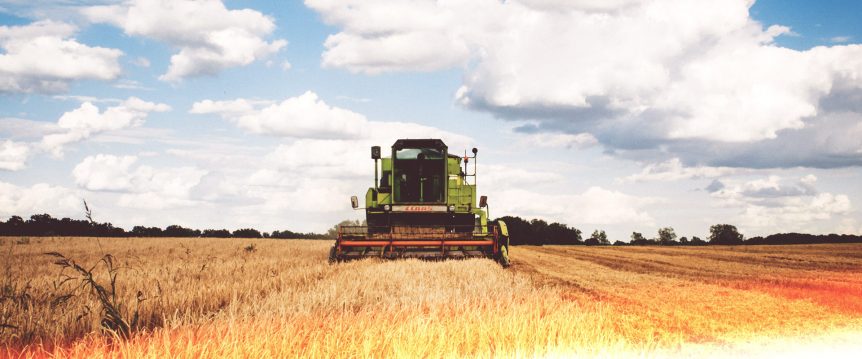In the agribusiness industry, farmers are expected to be profitable to keep their businesses afloat. However, some farmers find it difficult to make money from their crops because of how expensive it is to grow them and how difficult it is for consumers to purchase them. Fortunately, there are ways that farmers can increase their profits and help ensure that they will stay in business for years to come.
Managing input costs
Managing input costs is crucial for a farmer’s profitability. The higher your input costs are, the less money you have left over after paying them–and this can mean the difference between making a profit or losing money on your crop.
To manage your input costs effectively:
- Know how much each crop will cost to grow and sell. Knowing how much each product sells for will help ensure that both parties understand what they’ll be getting out of their arrangement and can negotiate accordingly.
- Use good accounting software so that all relevant data is automatically collected and stored in one place rather than having to manually enter everything into spreadsheets every month (or even worse–paper files). This allows for easy access when necessary; it also allows farmers who aren’t specialists at keeping records to keep track of their finances without spending hours doing research each time something comes up.”
Staying profitable by being flexible.
The agribusiness industry is an ever-changing one, with new technologies being developed and adopted every day. This means you need to be able to adapt quickly if you want your business to stay relevant in this competitive environment. One way of doing this is by making sure that all aspects of your operations are flexible:
- Be flexible in your business model – You should be ready to change direction if something isn’t working out or try something new if you think it could improve things for everyone involved in the operation.
- Be flexible about pricing – If prices go up because demand has risen faster than supply capacity then charge more accordingly; otherwise consider lowering prices so consumers have access when needed most urgently.”
Vertical Integration and Commodity Futures improves efficiency and profitability.
Integrating vertically can help farmers improve their profitability. Vertical integration involves the acquisition of all steps in the production process, from seed to harvest. This allows farmers to control costs and increase their profits by eliminating middlemen, who often take a large cut of revenue that could otherwise be used for investments or infrastructure upgrades.
Another way to improve efficiency and profitability is through commodity futures trading, which allows producers to lock in prices before they buy or sell crops on the market. This creates stability for both growers and consumers because they know exactly how much they need to pay without worrying about fluctuating rates changing their bottom line after making purchases (or sales).
Conclusion
In the agribusiness industry, farmers need to be able to make a profit from their crops. This means that they need to be able to sell their products at a price that covers all their costs and leaves them with some money left over. For this system to work, farmers must know what they’re doing when it comes time for harvest season so they can maximize their profits while minimizing any losses that might occur.

